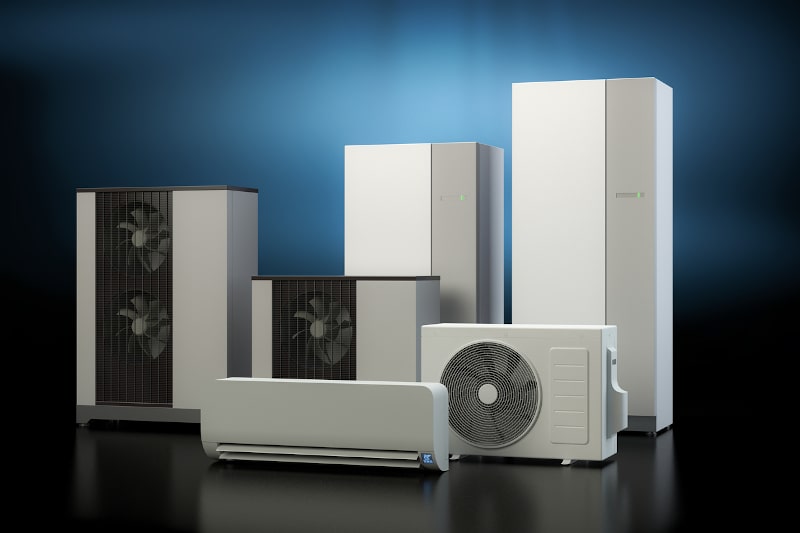Heat pumps are powerful and highly energy-efficient alternatives to traditional HVAC systems that control indoor temperatures in Barefoot Bay, FL. Although they haven’t been in widespread use as long as traditional furnaces or air conditioners, the history of their development is still as interesting. By telling some of that history, we hope to increase appreciation for these amazing indoor comfort tools.
Foundational Experiments and Discoveries
The technology that resulted in the modern heat pump exists because a series of important experiments in the 1700s established the principles of refrigeration. Specifically, in 1748, the Scottish physician and chemist William Cullen created a refrigeration machine that used a pump to create a vacuum over some diethyl ether. After this, the ether would boil and absorb heat from the surrounding air, cooling it.
Scientists like Giambattista della Porta had performed earlier experiments to determine the principles of evaporative cooling, and engineers like Cornelis Drebbel had built earlier refrigeration machines. But Cullen’s machine was the first to explicitly use a pump, making it an ancestor of contemporary heat pumps.
American engineer Oliver Evans also built a closed-cycle refrigerator that used compressed ether in 1805. In 1852, the British physicist and mathematician William Thompson (better known as Lord Kelvin) suggested that the same thermodynamic principles that Evans exploited for cooling could also warm a room.
The Earliest Heat Pumps
The Austrian scientist Peter von Rittinger was the first to follow up on Lord Kelvin’s suggestion. Primarily known for his work in the field of mineral processing, von Rittinger also did some experiments on the evaporative abilities of water vapor’s latent heat. Specifically, in 1856, von Rittinger used Kelvin’s suggestion to design a heat pump that would dry salt brine in Austrian salt marshes.
After this, heat pumps remained restricted to certain specialized industrial uses for some time. Finally, in 1945, John Sumner created the first water-source heat pump meant to heat the offices of the Norwich City Council Electrical Department in Great Britain. There had been plans to install a heat pump there for some time, but supply shortages and other problems postponed this until World War II ended.
Heat Pumps Enter the Home
Although Sumner’s original design was technically brilliant and extraordinarily efficient for its time, certain peculiarities in the UK — specifically, its abundant coal deposits and unwillingness to stop using fossil fuels — quashed most interest in electrically powered heating. Matters were different in the United States, where, in 1948, Robert Webber serendipitously invented the ground-source heat pump while working to improve his electric deep freezer.
While tinkering with his freezer, Webber burned his hand after accidentally touching the scalding hot water that the freezer had been producing. He then took some copper tubing and blew the heat from the water into the tubing and out into the surrounding areas using an electric fan.
Eventually, he refined this into a geothermal heat pump when he decided to bury tubing underground, fill it with refrigerant and use an indoor heat exchanger to carry heat from geothermal energy into his home. In the 1950s, Sumner also installed such a heat pump in his home in the UK.
Modern Developments
Although heat pump technology existed by the 1950s, few people considered it a viable means of heating or cooling a home until the 1970s. At that time, the world fell into the grips of an energy crisis, and the prices of fossil fuels skyrocketed, making electricity-based climate control more attractive. The U.S. government also massively incentivized research in this area at the time, leading to further growth.
By 2008, an estimated 750,000 geothermal heat pumps were operating in U.S. homes, with between 50,000 and 60,000 more installed each year after that. When you include other types of heat pumps, the number is even higher.
Given their impressive efficiency, there’s every indication that heat pumps will only continue growing more popular with time. If you’d like one of these devices in your Barefoot Bay, FL, home, call Barker Air Conditioning and Heating to ask for our heat pump team.
Image provided by iStock









